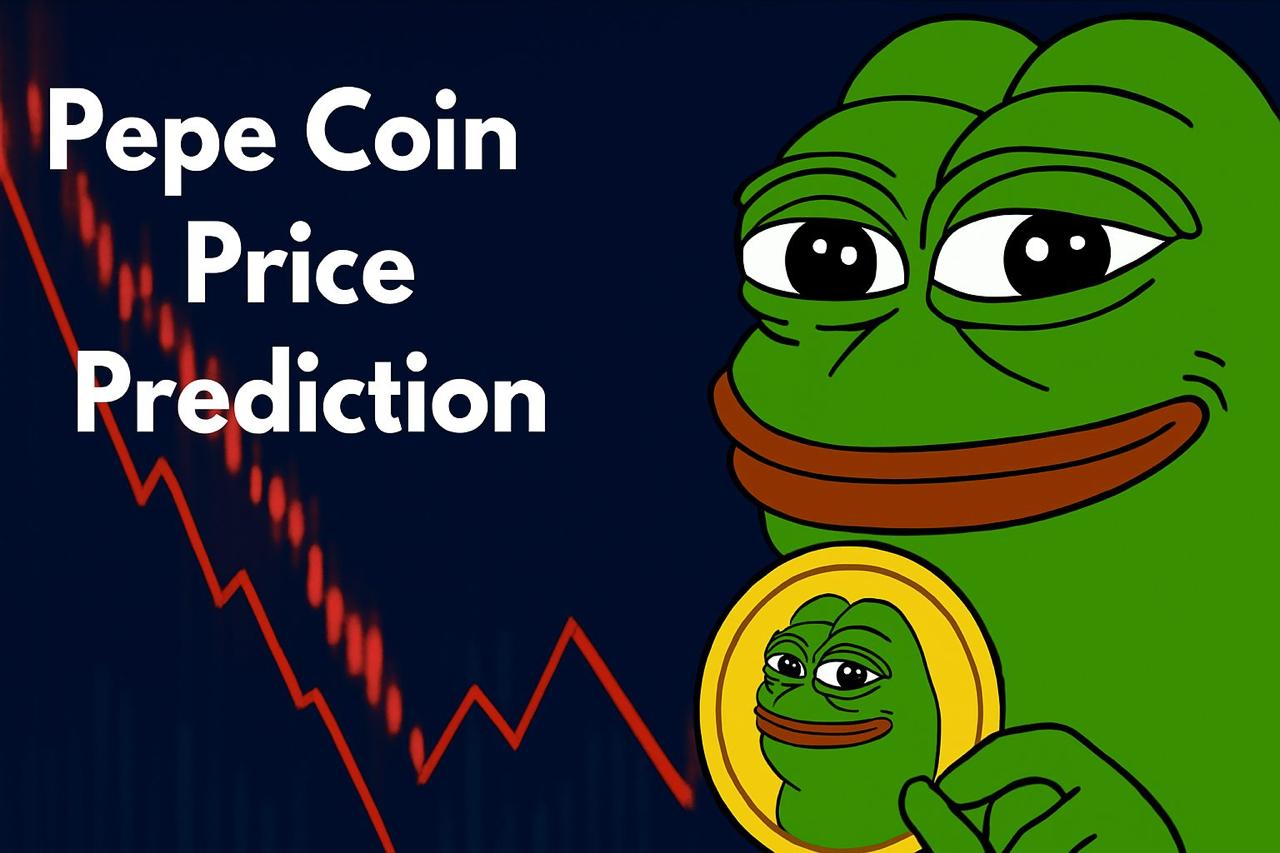OpenAI Limits Free Sora Access, Launches Paid Credit System for Heavy Users
TLDRs;
- OpenAI now allows Sora users to buy extra video generations through a new paid credit system.
- Rising user demand and operational costs prompted the company to limit free usage on Sora.
- Lack of clear pricing makes it difficult for creators to plan budgets or compare costs.
- Agencies may turn to routing tools that automate video generation across cheaper AI platforms.
OpenAI has begun rolling out a new monetization model for its groundbreaking video generation tool, Sora, marking a significant shift in how users access and create AI-generated video content.
The company confirmed that it is now allowing users to purchase additional “generations” when they exceed their free usage limits. The update, first revealed by Bill Peebles, head of the Sora team at OpenAI, underscores the company’s ongoing efforts to balance growing demand with the heavy operational costs tied to running large-scale AI systems.
This move signifies a pivotal moment for OpenAI’s video ecosystem, as Sora transitions from a free experimental tool into a structured, credit-based service targeting professional creators and production teams.
Sora Shifts Toward Monetization
According to Peebles, the decision was driven by a surge in demand among high-volume users, who frequently hit the system’s free generation limits. OpenAI stated that the paid credit system will help maintain performance stability and fund infrastructure upgrades as the platform scales.
The company also revealed plans to introduce new monetization opportunities for rightsholders and early users, potentially allowing them to earn income through the platform. This could pave the way for an internal marketplace where creators are compensated for licensed content or original work generated within Sora.
However, OpenAI has hinted that as these features expand, free video generation quotas will shrink, suggesting that the era of fully free access to Sora may soon end.
Users Can Now Buy Extra Generations
The credit system enables users to buy additional video generations once their free quota runs out. While the company hasn’t yet disclosed the exact pricing structure, OpenAI indicated that credits may vary depending on video length, resolution, or complexity, factors that directly influence computational costs.
This new approach positions OpenAI to better compete with rivals such as Runway and Pika, both of which already operate tiered pricing systems. Still, the lack of transparent pricing has sparked debate among creators and production teams trying to estimate their potential costs.
Pricing Ambiguity Raises Concerns
Despite the excitement surrounding the update, creators remain frustrated by OpenAI’s lack of clarity regarding Sora’s unit economics, the cost per video, per generation, or per minute of footage.
Without transparent pricing, it becomes difficult for creative professionals to budget projects or compare costs between AI video platforms.
Industry analysts note that Sora’s pricing opacity could lead to inefficiencies and uncertainty for agencies and studios managing large-scale production workflows. Some experts suggest that third-party software could emerge to automatically route video generation tasks to the most cost-effective or fastest platform, exploiting pricing differences between Sora, Runway, and Pika.
Creative Industry Braces for Change
As OpenAI transitions Sora into a revenue-generating platform, the ripple effects are expected to spread across the creative economy. Video production agencies, brand studios, and digital marketers, many of whom rely on AI tools for rapid content creation, could face increased costs as free access diminishes.
Analysts believe that automated “routing” services could become an essential tool for production houses, helping them manage fluctuating credit prices and optimize costs across platforms. For OpenAI, meanwhile, the experiment with Sora’s paid credits represents an early step toward a sustainable, creator-inclusive ecosystem that balances accessibility, monetization, and performance.
The post OpenAI Limits Free Sora Access, Launches Paid Credit System for Heavy Users appeared first on CoinCentral.
You May Also Like

SEC approves new exchange listing standards fast-tracking crypto ETF listings

Discover Mono Protocol: The $2M-Backed Project Built to Simplify Development, Launch Faster, and Monetize Every Transaction
